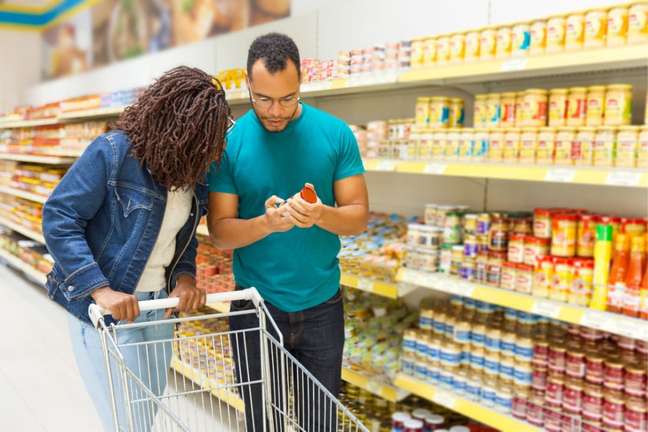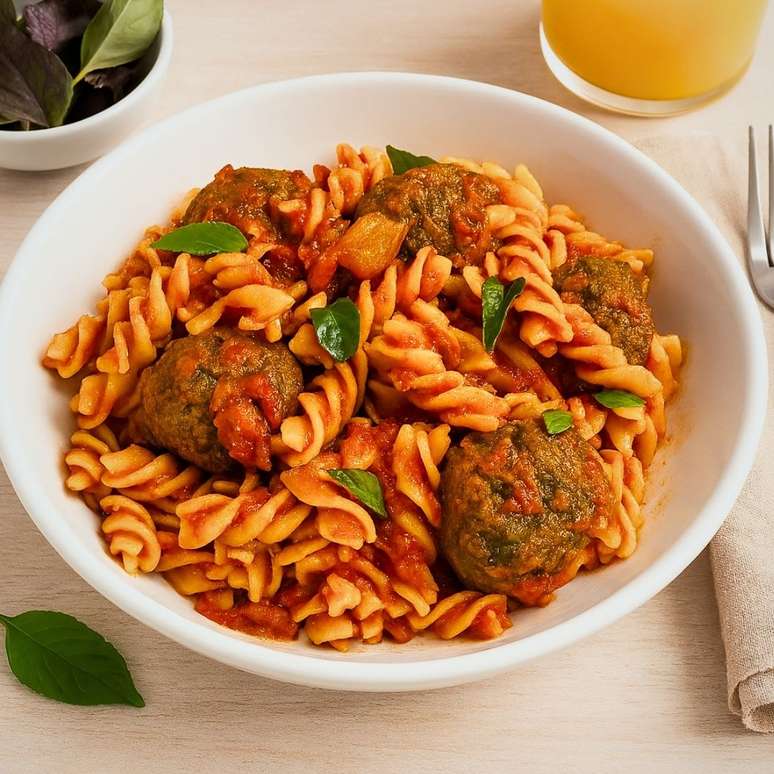Nutritionist and teacher explains the main rules of Anvisa and how they will help you to maintain healthier eating habits
In October, Anvisa announced new food labeling rules, the main change being the inclusion of a magnifying glass on the top front of the labels to identify if there is a high concentration of saturated fat, sodium and sugar in the product.

The purpose of the amendment is to underline that excessive consumption of these ingredients is harmful to health. Furthermore, now, the information described on the packaging of industrialized products will have to be integrated and standardized in the color of the nutritional table, which will have black letters on a white background.
Maria Fernanda Koch Temporal, nutritionist and health course coordinator at UniCuritiba, says magnifying glasses on packaging can help people make better choices about food.
“Studies associate the habitual consumption of these ingredients with a greater risk of obesity, diabetes, cardiovascular problems and other chronic diseases. The notice will make it very clear to the consumer what they are buying and will warn about the consumption of ‘less indicated’ products for each condition of health”, explains the Master in Food and Nutrition.
New consumer habits
According to the nutritionist, the change in labels should help consumers concerned about their eating habits and should also interfere with the choice of products.
“In Brazil, consumers are gradually getting into the habit of reading and understanding packaging. Labels are very important when it comes to identifying the components of a food. It is on the packaging that we find all the information necessary to define whether the food whether or not it is not suitable for consumption, respecting every food particularity,” he says.
The new food labeling rules are effective from 9 October 2022. For products that have a longer shelf life, the final date to make the changes can be between 2023, 2024 and 2025.
“The changes proposed by Anvisa will become allies of a balanced menu. The idea is not to say what the consumer can or cannot eat, but to help in conscious choices, especially in the case of people with any disease or diet-related restriction” , underlines Maria Fernanda.
If you want to know more about an adequate and healthy diet, it is worth consulting the “Food guide for the Brazilian population”, from the Ministry of Health, which provides recommendations on the subject and serves as a tool to support food education and nutrition actions of the Unified Health System (SUS).
Main changes made by Anvisa
Nutrition table
- The nutritional table must have the information in black characters on a white background to improve legibility and reduce contrasts or the use of colors which could hinder reading.
- To facilitate product comparisons, descriptions of total and added sugars, energy value and nutrients per 100 grams or 100 milliliters should be made.
- The table must be placed next to the ingredients list and on a continuous surface, i.e. without division.
nutritional labeling
- Now, nutrition labeling is considered an information symbol and must be present on the front of food packaging to inform about the amount of health relevant nutrients.
- Drawing a magnifying glass becomes mandatory to identify the high concentration of sugars, saturated fats and sodium.
🇧🇷The best content in your email for free. Choose your favorite Terra newsletter. Click here!
Source: Terra
Ben Stock is a lifestyle journalist and author at Gossipify. He writes about topics such as health, wellness, travel, food and home decor. He provides practical advice and inspiration to improve well-being, keeps readers up to date with latest lifestyle news and trends, known for his engaging writing style, in-depth analysis and unique perspectives.








